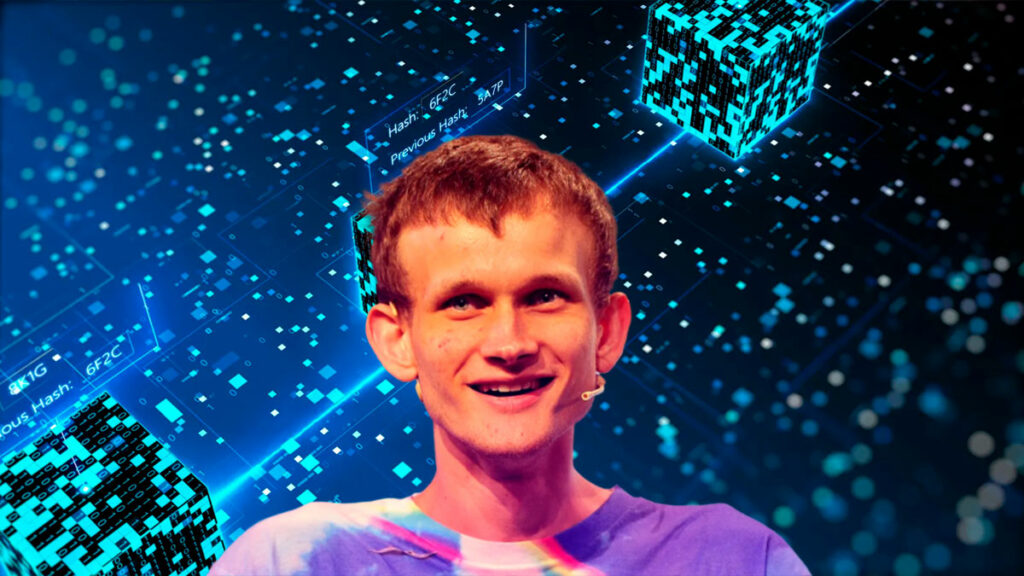TL;DR
- Vitalik Buterin introduces the “glue and coprocessor” architecture, which splits computational tasks into general and specialized operations to enhance efficiency in fields like AI and cryptography.
- Practical application in Ethereum: Vitalik demonstrated this model with an Ethereum transaction, showing how it optimizes gas consumption by dividing tasks between heavy operations and simpler, higher-level tasks.
- Broader implications: This architecture is also applicable in AI and programmable cryptography, promising to revolutionize computational task management and improve efficiency and security across various systems.
Ethereum creator Vitalik Buterin is delving into a novel concept for modern computing, termed the “glue and coprocessor” architecture. This approach aims to split computational tasks into general and specialized operations, enhancing efficiency across various fields, including AI and cryptography.
The Concept of Glue and Coprocessor
The “glue and coprocessor” model divides computational work into two parts: the glue component, which handles general, less intensive tasks, and the coprocessor, which manages heavy, structured computations. This method is already in use within the Ethereum Virtual Machine (EVM), where tasks are split to optimize gas consumption and efficiency.
Practical Applications in Ethereum According to Vitalik Buterin

Vitalik illustrated this concept with a recent Ethereum transaction, where he updated his blog’s IPFS hash on the Ethereum Name Service (ENS). The transaction consumed 46,924 gas, with 85% of it used for heavy operations like storage reads and writes, logging, and cryptography.
The remaining gas was allocated to simpler, higher-level tasks, demonstrating the practical application of the glue and coprocessor model in Ethereum.
Broader Implications in AI and Cryptography
This architecture is not limited to Ethereum. Vitalik highlighted its use in AI models, where high-level logic is written in general languages like Python, while intensive operations are handled by optimized code running on GPUs.
Similarly, in programmable cryptography, specialized modules are created to efficiently prove expensive operations, combining them with general-purpose systems for optimal performance.
Future Prospects
Vitalik believes that the glue and coprocessor architecture will become increasingly prevalent in various areas of cryptography, such as multi-party computation (MPC) and fully homomorphic encryption (FHE). By balancing generality and efficiency, this model promises to revolutionize how computational tasks are managed, paving the way for more secure and efficient systems.
This innovative approach underscores the ongoing evolution in computing and cryptography, driven by the need for greater efficiency and security. As Vitalik continues to explore and refine this concept, the potential applications and benefits are vast, heralding a new era in the field.










